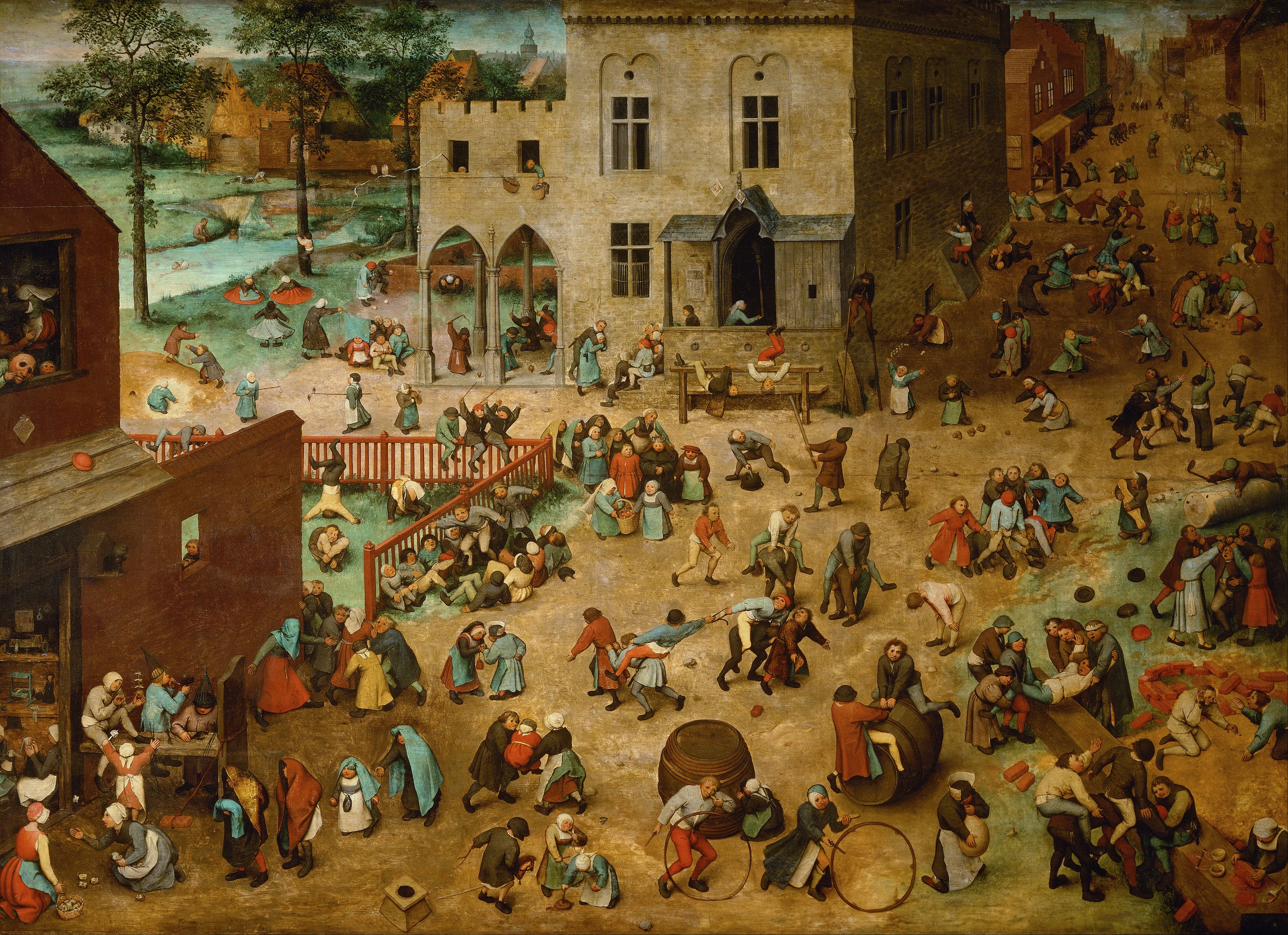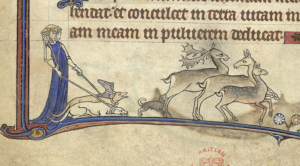Summary
We got all your vampire subtypes: sparkling, British, and thirsty for the blood of the living. We got a couple of different types of ghosts, including hungry ghosts and dybbuks. And we got discussions of ghost stories that appear in both Noh drama and Chinese opera. All that, and we also talk about Buffy the Vampire Slayer. It’s what you need today, so come and listen!
Annotations and Corrections
1/ Vampires that sparkle = Twilight. Vampires with appealing British accents = Spike (James Marsters) from Buffy, although apparently a lot of films have British vampires, since the villains in American films tend to be British anyway…and vampires are supposed to be kind of sexy and kind of evil… (c.f. The Hunger, where David Bowie plays a vampire.)
Jesse’s reference to a film called The Batman: Robert Pattinson (who played Edward in Twilight and who actually is British) is scheduled to play Batman in it. I have to admit, while listening to this I totally forgot that Pattinson was British and was trying to track down a Batman film starring James Marsters (who is American but famously played a British vampire, as discussed above). [James Marsters is definitely the best British vampire. And he only sparkled metaphorically, which…seems better. Vampires are soulless, and sparkling suggest divinity somehow. But maybe not in the Twilight franchise! I haven’t read them.–JN]
2/ Religions that have a Hell without a heaven: the Ancient Greeks [and Romans], although their Hell was kind of subdivided in different ways depending on who you are. [To be fair, it’s not “Hell;” it’s the afterlife. Everyone goes there, and some people end up in good places, some people in bad places, and some people end up in boring places.–JN]
3/ We got a question from an alert listener about how well The Seventh Seal reflects the actual Middle Ages. I don’t think Jesse gave too direct of an answer, other than “it’s a good film, you should watch it.” [The movie reflects the Middle Ages excellently in many ways, especially philosophically and artistically. See note 7 below!–JN]
4/ Materialism: The idea that there’s no soul, you’re just driven around by your brain.
Note: this is different from dialectical materialism, which is a Marxist idea about how labor, class, and economic status interact to form social structures (meaning, here, the overthrow of the bourgeoisie, I guess).
5/ The Clockwork Monk episode of Radiolab.
Rather more famous automated owl. [Yes! All hail Harryhousen.–JN]
The film Hugo features an automaton that was inspired by Henri Maillardet’s automaton.
Article on Maillardet Automaton and the film.
Wikipedia article on the Maillardet automaton (with pictures).
The Antikythera mechanism. Unclear whether anyone put it in a bag of rice when they fished it out in 1901.
6/ The story of Hildr resurrecting the soldiers, also known as Hjaðningavíd, or the Saga of Hild.
7/ The terracotta soldiers were not just Qin dynasty, they were placed in the tomb of Qin Shi Huang, the first emperor of China and founder of the Qin dynasty (which went from 221 to 206 BCE). Note that “China” was not synonymous with the China we see on maps today. You can see the soldiers if you travel to Xi’an (which–I think it’s about 24+ hours by train from Beijing; it’s certainly at least a 12-hour drive, so it’s a bit of a schlepp), or there’s a touring exhibition that we both saw when it came to the Field Museum in Chicago. [SO AMAZING!!!!–JN]
The use of mercury may have been a Taoist thing–I can’t find any evidence one way or another, but they did a lot of weird alchemical stuff. Or it may have been used as traps, or just because it looks like water. There are also, according to legends, crossbows aimed at people who might break in.
Jesse: A memento mori is anything that reminds a living person of death (the phrase means “remembrance of death”). Usually this is portrayed as a skeleton (or skull) confronting a living person. Hamlet’s speech to Yorick’s skull is a great example. The point is never to forget that we all end up dead, so we’d better make our lives count (and not do evil, petty, stupid things). One of my favorites is the image that inspired Bergman’s Seventh Seal–a painting of Death playing chess with someone. It was painted by Albertus Pictor (c. 1440–c. 1507) in the Täby kyrka (Täby Church) in Sweden, and we actually see Pictor in the process of painting it in the Seventh Seal.
8/ In Buffy, the cross is what drives away vampires, regardless of the religion of both the person holding the cross and the vampire (or vampire’s former religion?). In at least one episode of Doctor Who, the person’s belief in another thing or person is what is protective, rather than the actual physical symbol (e.g., season 26’s The Curse of Fenric). Also, I watched the scene in 30 Days of Night, and she doesn’t actually have a cross, so while the vampire gets to deny the existence of any deities, it’s unclear whether having the actual cross would have made a difference (warning, that scene is a bit creepy).
Also, here’s a scene of a vampire being staked from Dracula: Dead and Loving It (this scene is not especially creepy). [Ha! Love it. –JN]
Jesse: Anne Rice’s vampires can go out during the day, but not in the movies as I recall.
9/ Saul Epstein and Sara Robinson, “The Soul, Evil Spirits, and the Undead: Vampires, Death, and Burial in Jewish Folklore and Law,” in Preternatural: Critical and Historical Studies on the Preternatural, v. 1, no. 2(2012): 232–251 Link.
[37:00] “A Jewish woman died, and she wasn’t buried for three days…” It is traditional in Judaism to bury people as soon as possible after death, for a variety of reasons. Nowadays the reason is usually given as “Jews don’t practice embalming, so it’s necessary,” but obviously the tradition is a lot older than embalming and has a lot of interesting roots.
[For Joshua Trachtenberg on estries, see Trachtenberg, Jewish Magic and Superstition, 38–39.–JN]
Vlad the Impaler / Vlad Dracula: the ultimate freedom fighter vs terrorist–depends on whose side you’re on.
Lilith: famed namesake of Lilith Fair. Apropos of the next note, she also turns up in Sandman a bit.
Neil Gaiman, “Parliament of Rooks,” Sandman vol. 40. It’s in vol. 6 (Fables & Reflections of the collected Sandman. This is the same collection that contains “Three Septembers and a January,” which is about Joshua Norton, Emperor of the United States, and is extremely charming.
A midrash is a story told by rabbis to explain weird or contradictory or missing things from the Torah. [Yes–the middle wife becomes a memento mori even though death didn’t exist yet. Hmmmm.–JN]
Founder of Aikido: Morihei Ueshiba. “Osensei” is an honorific meaning “great teacher.”
Wole Soyinka, Death of the King’s Horsemen. Summary here. Egungun is a Yoruban masquerade carried out as part of ancestor worship.
Junji Ito is the maga horror artist. The short story is “Gentle Goodbye” in Fragments of Horror.
10/ We recorded this episode in early September–Zhong Yuan Jie was Sept. 2nd this year.
Hungry Ghost Scroll
Hungry ghost detail picture
Atsumori is mentioned in episode 17 (see note 7).
[56:00] “And this is all based on real wars…” The ghost part may or may not have been an exaggeration. [Yes, yes, I do not claim the ghost part is real, but the wars sure were!–JN ]
11/ Tomoe Gozen. Whether she was an actual historical person or not seems to be a question, but there are a number of other actual female warriors, aka onna-bugeisha, in Japanese history. [In fairness to Tomoe, “not proven to be historical” is one of those things people say about women who did incredible things but cannot be 100% verified. Joan of Arc is so over verified there’s not much to be done to discredit her, although people try. More recently, there are people trying to argue that a Viking warrior proven via DNA to be genetically female wasn’t actually a warrior, because whhhhhhaaaaaaaaa, women just didn’t DO those things! Except Valkyrie in myth, of course. And so on. –JN]
Tomoe (Noh play).
12/ Guan Hanqing (c. 1241–1320), The Injustice to Duo E / Snow in Midsummer. This play was also discussed (more briefly) in episode 15 (see note 14).
Confucianism is notable for putting into place this exam system by which anyone (well, probably only men, and probably only men of a particular class or above who would have had time to become literate and study for them etc.) could get a post in the government–an early attempt at a meritocracy, call it. The Temple of Literature in Hanoi, which dates from 1070, is dedicated to Confucius and features stelae in the shape of turtles carved with the names of everyone who passed the exams between 1442–1779. So just remember, grad students: no one except your mom and your advisor probably read your whole thesis, but someday if you’re lucky you can become a footnote in the bottom of someone else’s thesis. Or in their podcast notes. [Yes! A *true* honor.–JN]
Also, Em was wrong–the last civil service exam in Viet Nam was held in 1919, not “after WWII.” It was the last country to hold Confucian civil service exams. [Wow, that’s still amazing.–JN]
13/ Bakemono-no-e. (For non-American listeners, BYU = Brigham Young University, which is run by the Church of Jesus Christ of Latter-Day Saints. They probably own it because their church has such an extensive history of proselytizing everywhere. But their website on the stroll is pretty extensive though, so check it out.)
14/ Takeda Izumo II, Miyoshi Shoraku, and Namiki Senryu I, Yoshitsune and the Thousand Cherry Trees. [Kitsune–the awesome fox. –JN]
15/ Legend of the White Snake.
Jesse: For more on White Snake, see episode 15, note 14. About halfway through the note you’ll reach a paragraph with good White Snake info and videos.
Em: Talking to a Taiwanese friend, it seems it’s not totally clear that the Legend of White Snake is actually a Daoist legend, despite what the above-linked Wikipedia page claims (the Wiki page concurs with my assessment–a Daoist legend, although White Snake is not one of the eight immortals, and the villain is (disguised as) a Buddhist monk). It’s such an old story, it is totally possible that Daoists later retold the story in a way that cast Daoism as the prime mover, as it were.
16/ Mary Wollstonecraft Shelly had a very complicated relationship with her father, and I find it pretty fascinating, so buckle up. The man who raised her was (actual) famous philosopher William Godwin. (NOTE: Not the Godwin of Godwin’s Law–that’s lawyer Mike Godwin.) As you might guess from her name, Mary Shelly was the daughter of famed feminist philosopher Mary Wollstonecraft, who wrote A Vindication of the Rights of Women, a book that dared to argue (in 1792!) that women were not naturally inferior to men, they just seemed that way because they were unvalued and uneducated. Anyway, MW and WG had a sort of bohemian relationship, including living in separate houses after marriage to retain their independence. But he adopted her daughter Fanny from another relationship and then she died eleven days after having Mary, so he wound up raising both girls rather suddenly. A while later he remarried to a woman with two children of her own (Charles and Claire Clairmont) and had another child with her (William the Younger). The children were all well-educated, although Godwin thought that Mary was especially bright. PB Shelly was a romantic poet who happened to be married (to a woman named Harriet, with whom he had a child and while she was pregnant with their second) when he ran off with his mentor’s daughter Mary, who was SIXTEEN. Like–literally they ran off to Switzerland together, and brought her step-sister Claire (also sixteen) along, who would go on to have a child out of wedlock with Lord Byron. And Harriet did eventually commit suicide–while pregnant (a third/later pregnancy that may have been by a different man). Also, Mary’s elder half-sister, Fanny, may also have been in love with Shelly and eventually committed suicide (and he wrote a poem about it). Also, Godwin was constantly in debt and Shelly gave him money. Anyway, when Frankenstein was initially published it was anonymous, but because PB Shelly wrote the introduction and the book was dedicated to Godwin, everyone assumed he was also the author. BUT actually it was another Shelly. Speaking of which, when Em says “Shelly’s mother attempted suicide, but wound up dying in childbirth later”–she means Mary Shelly’s mother, not PB Shelly. Apologize for any confusion.
So, there’s your soap opera for today.
Podcast: Play in new window | Download
Subscribe: Spotify |







